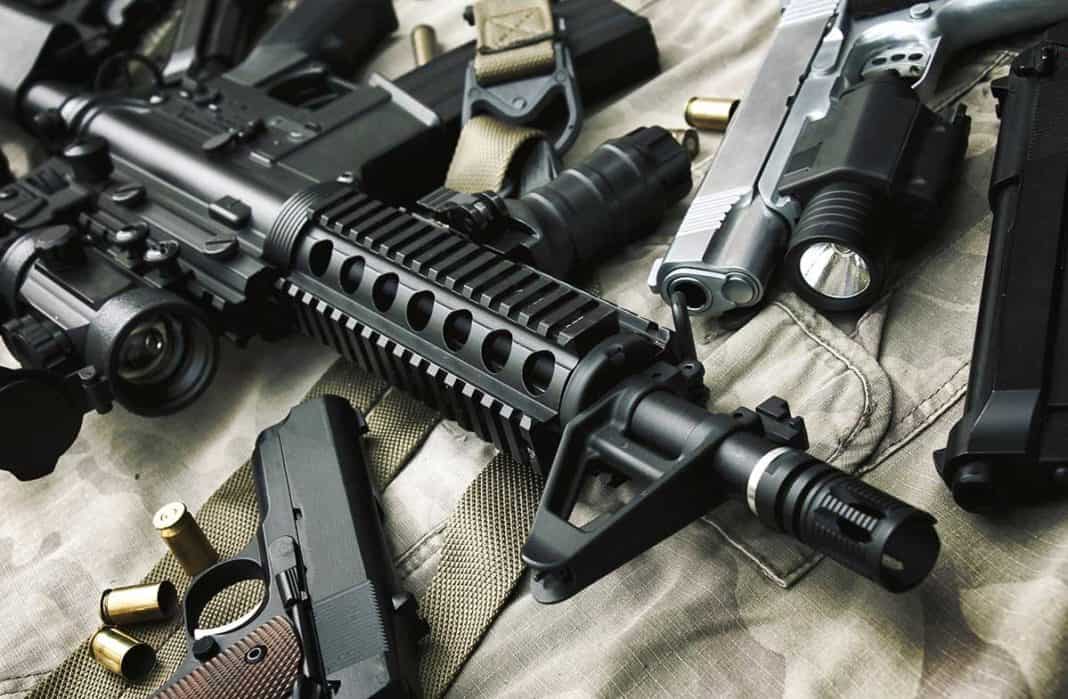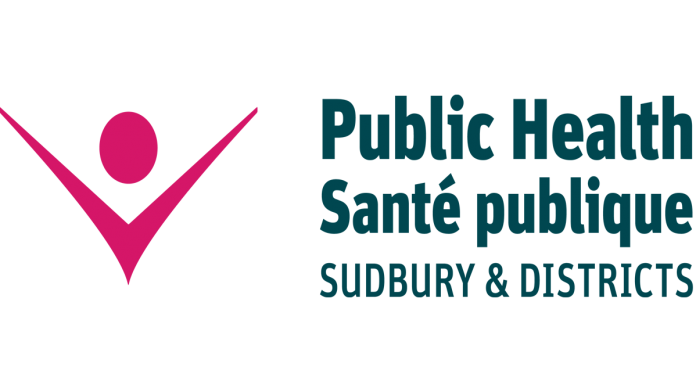Legislation to allow municipalities to ban handguns
OTTAWA – The federal Liberals’ long-promised gun control legislation touted during the last election campaign was put on hiatus when the pandemic hit, but on February 16 Prime Minister Justin Trudeau unveiled the launch of a buy-back program for what has been described as assault, or the more nebulous “assault-style,” firearms.
The buyback program is part of a bevy of new gun control measures following on the announcement last May of an executive order changing classification on approximately 1,500 firearms that fall into the “assault-style” category to “prohibited.” Included in the announcement were plans to allow municipalities to ban handguns.
Bill C-21 was announced with the goal of banning the use, sale and importation of the 1,500 makes and models identified by the RCMP as falling into the tally of military-grade assault-style weapons.
The bill comes with a two-year amnesty period that began last May in order to allow those who already own those firearms time to comply with the ban. The amnesty ends on April 30, 2022.
Included in the bill are provisions to not only introduce the buy-back program, but also to allow municipalities to ban handguns outright and increased criminal penalties for gun smuggling and trafficking.
Assault rifles in the full sense, high capacity firearms with a fully automatic function, have long been prohibited in Canada, along with the high-capacity magazines that feed them.
With a minority government, the Liberals will need another party’s support in order to pass the legislation necessary to implement the buyback program and while the party seems to have secured such support, the prime minister stressed that it would still take several months to finalize the details.
“You can’t fight gun violence or any violence on just one front,” said Prime Minister Trudeau in defence of the plan. Earlier last May the prime minister suggested that both the NDP and Bloc Quebecois were strongly aligned with his party on the ban on assault-style weapons.
The Conservatives have been quick to condemn the Liberal plan, characterising it as “targeting law-abiding Canadians and firearm retailers,” putting forward the suggestion the government should be investing in anti-gang units and the Canadian Border Security Agency to provide law enforcement with the resources to stop illegal smuggling and combat dangerous criminals and gangs.
Like many government announcements, there was a significant lack of detail in how the buy-back program would work and the costs are only very roughly estimated at between $400 and $600 million—but the final tally will depend on how many owners take up the government offer. In truth, the government only has a very rough idea of how many eligible weapons are in the hands of private citizens.
Under the proposed terms, which critics in favour of gun control say do not go far enough, owners can opt to keep their blacklisted firearms, but must acknowledge they will not use, import or acquire any more of them or bequeath them to an heir.
The federal government maintained in an Ottawa news conference that they are “not targeting law-abiding citizens who own guns or go hunting or for sport shooting,” but rather crafting measures that are “concrete and practical.”
But the federal Conservative leader, Erin O’Toole, threw cold water on the program, saying he doubted it would impact gun violence.
“I think Mr. Trudeau misleads people when he tries to suggest that buying things back from hunters and other Canadians who are law-abiding is somehow going to solve the problem of shooting and criminal gang activities in big cities,” he said. “It’s ignoring the real problem and it’s dividing Canadians.”
Canadian Sports Shooting Association range captain Robert Paxton of Little Current knows firearms and has looked at the federal plans closely. He remains unimpressed. “Do I think it will be effective? No,” he responds. “Do I think it will be expensive to find that out? Yes.”
The issue of gun violence and gun control is incredibly complex, he noted, but much of the debate surrounding the issue is based on emotion.
Mr. Paxton questions who will be evaluating the firearms that are being bought back. “Is IBM going to manage it? Good luck,” he said. He gives the example of a black powder double-barreled shotgun built by James Osborne and Sons circa 1850. “Yes, it’s on the list,” he points out. “The shotgun is valued for a reserve bid by a reputable auction house at $10,000. Is Mr. Blair going to give me $10,000 for that shotgun?” Other examples abound.
Even by conservative estimates (small-c, not partisan) the cost of the buy-back program will be immense. “How are people going to react when they discover what the real cost is going to be?” asked Mr. Paxton. He anticipates the program is crafted as an election issue by the party in power aimed straight at the Liberal urban power base.
An avowed non-gun person, Maja Mielonen of Mindemoya admits she knows little to nothing of gun issues. “I occasionally will read the headlines,” she said. But when it comes to the question of assault rifles, Ms. Mielonen does not hesitate. “Nobody should own a gun where you pull the trigger and a whole bunch of bullets come flying out.” A complex issue expressed in simple and direct terms.
“Gun control is an incredibly complicated issue,” said Mr. Paxton. “I really don’t know how they will ever solve it.” He posits that increased penalties for gun crimes and illegal possession (yes, he can provide plenty of examples where the term illegal should fit the bill) might work. But he notes that the vast majority of firearms in urban centres come from illegal sources such as smuggling.
The legislation will create red flag and yellow flag laws that would allow concerned friends or relatives to apply to a court to immediately remove someone’s firearms.
Critics of those provisions liken them to squeal lines and suggest they would be open to wide-spread abuse, while proponents assert they could be used in cases of domestic violence and mental health concerns.
Increased penalties for gun trafficking, smuggling, possession of a loaded prohibited or restricted firearm or possession of a weapon obtained by the commission of an offence from 10 years to 14 years in prison join new offences such as altering a firearm magazine and tightening restrictions on importing ammunition.
But the introduced legislation falls far short of what gun control advocates have sought, noting that unlike the buy-back programs in New Zealand and Australia, the Canadian version is not mandatory. That program removed more than 56,000 weapons from circulation in New Zealand at a cost of $87 million, but fell short of denting the 170,000 estimated to be in circulation.
Airsoft enthusiasts have voiced alarm over the bill’s inclusion of some of that sport’s missile launching weapons that are not intended to harm. The cause for concern is a provision targeting firearms capable of producing muzzle energy of more than 10,000 joules. Although some jurisdictions have offset the replica concerns of airsoft rifles, which can look deceptively like the real thing, by the addition of red or orange tips on the barrels, that option was not included—jeopardizing a popular sport that employs thousands.
The details of the latest Liberal attempt at tackling gun crime will come out as the bill moves forward and is debated in committee, but one thing seems clear, Bill C-21 is destined to please neither side of the divide on the issue, but will inevitably provide plenty of fodder for the hustings.





